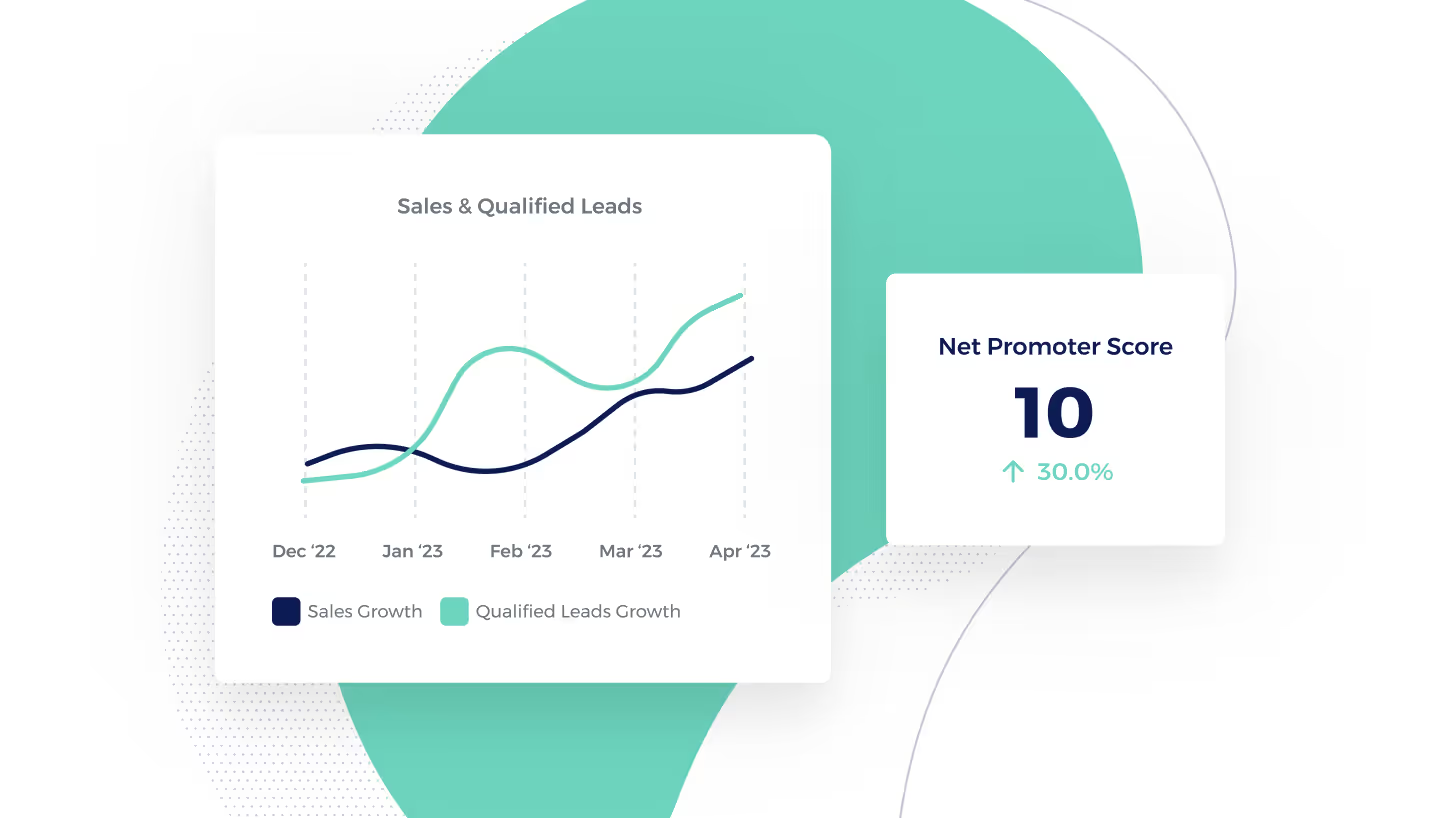Critical to building a high-performance culture at your company is a positive, proactive learning program that enhances your employees' skill sets. Yet, 56 percent of the 300 learning and development leaders surveyed in Towards Maturity's 2018 L&D Health Check reported that learning is not a management priority. To prove your program's effectiveness and worth to the highest level of your company, the C-suite, you must choose learning and development KPIs to communicate in the metrics-driven language of executive leadership.
First off, why measure?
Every learning and development effort your company undertakes must have a quantifiable ROI. Traditional key performance indicators (KPIs) for L&D programs include metrics for user adoption and completion rates, such as the percentage of staff who completed assigned training and average time-to-completion. KPIs reveal user satisfaction with the L&D platform and can measure risk in industries where training is a compliance requirement. However, KPIs aren't always holistic measures of business value. You need to identify learning and development KPIs that tell a story about your L&D investments. Are they moving the business closer to performance goals—by industry or by department? Are they showing the impact of learning on staff performance? Check out these three L&D KPIs you may want to consider tracking:
1. Monthly sales growth
The performance of the sales team in response to educational activities can be measured by individual and team month-over-month growth in sales closed. Sales can either be measured as the total value of new accounts closed or new customer acquisition. L&D activities that could impact this KPI could include training on sales techniques and learning programs to educate the sales team on customer pain points, competitor weaknesses or the customer journey. There could be a demonstrable relationship between sales training on new products or features and monthly sales growth in that product category.
2. Monthly qualified leads growth
Marketing performance is likely best tracked with KPIs that measure more than just the quantity of leads generated. The best metrics look at quality, as well. Marketing performance can be measured by the month-over-month growth in marketing-qualified leads that are eligible to be passed to the sales team. L&D focuses that could push the needle higher include marketing education on buyer personas, digital marketing techniques or lead nurturing techniques which result in a higher velocity of well-qualified leads.
3. Net Promoter Score
Every employee who is customer-facing or involved in customer communications has an impact on Net Promoter Score (NPS). NPS is a measure of how likely customers are to recommend the business to a friend or family member. Customers who rate themselves as a nine or 10 are "promoters," while customers who score lower than six are "detractors." A lift in NPS can reveal future business success and the value of L&D for effective customer service and communications. Investing in L&D activities on customer service techniques, product training, and customer satisfaction education could have a measurable impact on the client experience that results in a higher average NPS organization-wide. The learning and development KPIs you choose should offer insight into program effectiveness to the C-suite and tell a clear story about how L&D investments are contributing to the organization's bottom line. With these metrics in mind, you can help position L&D at the center of your executives' plans.








